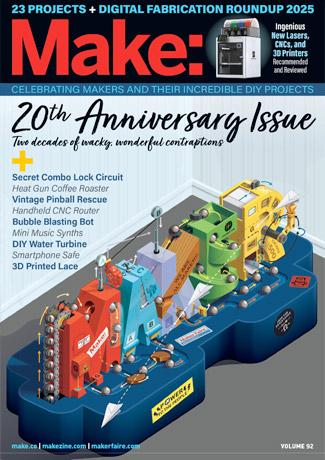
BusinessWeek asks, can we build an open source car?
“Inspired by Linux, the OScar project aims to build a car by tapping the knowledge of a volunteer team. It won’t be an easy ride, but their journey is important…
So here’s a question: Can open-source practices and approaches be applied to make hardware, to create tangible and physical objects, including complex ones? Say, to build a car?” – Link.
There are hundreds of open source hardware projects going on – just as complex or more so than cars. But cars go on roads, require approvals, it’s a little more than making an open source hardware arduino project. The hot-rod culture shared everything and it was completely common to build a car from scratch in many enthusiast communities in the 50s, that is still going on today.
Here’s a DIY Fuel Injection Conversion using open source engine management – Megasquirt is an affordable, open-source, DIY engine management computer that you assemble yourself. A large community of developer/users provides for constant development, and great free support – Link.
Short answer, of course it can – that doesn’t mean it will happen, or the value/demand is there, but there’s a lot of benefit in an open approach for some hardware and processes.
What do you think? Post in the comments.
From the pages of MAKE:
- The Open Source: Design Brief: The time is right for a true people’s hybrid vehicle. The web is peppered with how-to sites for converting your old car into an electric vehicle, but why not develop SourceForge-style documentation for an open source hybrid? MAKE 01 – Page 44. Subscribers–read this article now in your digital edition!
ADVERTISEMENT







